Understanding Automotive Film & Car Film Wrap
What is Automotive Film?
Automotive film, commonly referred to as car film wrap, is a specialized material designed to adhere to the surface of a vehicle, providing aesthetic enhancement, paint protection, and in some cases, additional functionalities such as UV shielding and heat rejection. Typically made from durable vinyl, automotive film is available in various finishes, colors, and textures, allowing vehicle owners to customize the look of their cars while preserving the original paint underneath. These films come in pressure-sensitive adhesive varieties that ensure high performance and longevity in diverse environmental conditions.
Types of Car Film Wraps
Car film wraps fall into several categories, each tailored to specific needs:
- Vinyl Wraps: Available in an array of colors and textures, vinyl wraps are widely used for cosmetic customization. They can mimic the look of high-end finishes like matte, gloss, or even carbon fiber.
- Paint Protection Film (PPF): This type of wrap is engineered to guard against chips, scratches, and other physical damage. PPF is typically crystal clear but can also come in tinted varieties to reduce exposure to UV rays.
- Window Film: Used primarily for privacy and UV protection, window films can significantly lower the interior temperature of vehicles and reduce glare while protecting the skin and interior from sun damage.
- Specialty Films: These include films designed for specific applications, such as chrome wraps, color-changing films, and even reflective or metallic options.
Benefits of Using Automotive Film
The use of automotive film provides numerous advantages that make it an appealing choice for car owners:
- Cost-Effective Aesthetic Enhancement: Instead of a costly paint job, car film wraps allow for a fresh look without the permanent commitment. They can dramatically change the vehicle’s appearance with relative ease.
- Paint Protection: Automotive film protects the original paint from scratches, chips, and even harsh weather conditions, helping maintain the car’s resale value.
- Easy Removal: Unlike paint, vinyl wraps can be removed without damaging the underlying surface, allowing for flexible changes to the vehicle’s look.
- UV and Heat Protection: Many film options provide an added layer of UV protection, shielding both the car’s interior and painted surfaces from the sun’s harmful rays.
- Increased Customization: Car film wraps provide an opportunity for individual expression, with countless designs and finishes to choose from, making it easy for owners to create a unique style.
Selecting the Right Full Line of Automotive Film & Car Film Wrap for Your Vehicle
Factors to Consider When Selecting Film Wrap
Choosing the right automotive film for your vehicle involves careful consideration of several factors:
- Purpose: Define the primary reason for applying a film. Is it for protection, aesthetics, or both? Understanding your goal helps in selecting the appropriate type of film.
- Quality: The quality of the vinyl used in the film largely dictates its durability and appearance. Higher quality films may cost more but often yield better results and longer lifespan.
- Installation: Consider whether you will install the film yourself or hire a professional. Some films are easier to work with, while others may require skilled installation.
- Local Climate: The film’s performance may vary based on local weather conditions. For example, certain films may not hold up well in harsh sunlight or extreme temperatures.
Color Options and Finishes
Automotive film wraps are available in an extensive range of colors and finishes, providing options that can cater to every style preference. Common finishes include:
- Glossy: Provides a shiny, reflective surface, giving vehicles a sleek and sophisticated look.
- Matte: Offers a more understated and contemporary appearance, popular for luxury vehicles.
- Textured: Films that mimic materials such as carbon fiber or brushed metal add a distinctive touch to a standard vehicle finish.
- Chrome and Metallic: These finishes give a flashy, eye-catching finish that stands out on the road.
Budgeting for Your Car Film Wrap
When budgeting for a car film wrap, consider the costs associated with both the materials and installation. Generally, the price of the film can vary significantly based on the quality and type chosen. Professional installation can add to the overall expense, but it often ensures a higher-quality finish compared to DIY applications.
In addition to the material and installation, don’t forget to factor in potential maintenance costs, as certain films require specific care to maintain their appearance and effectiveness.
Installation Techniques for Automotive Film Wraps
Tools Required for a Professional Finish
A successful automotive film wrap installation hinges on using the right tools. Essential tools typically include:
- Squeegees: For eliminating air bubbles and ensuring a smooth application.
- Knives and Blades: For trimming the film precisely around edges and seams.
- Heat Gun: Used to warm the film for improved stretch and adhesion.
- Measuring Tools: Essential for accurately cutting the film to size before application.
- Surface Prep Supplies: Cleaner and microfiber cloths to ensure the vehicle’s surface is ready for film application.
Step-by-Step Installation Guide
The installation of automotive film can be broken down into several key steps:
- Preparing the Vehicle: Thoroughly wash and dry the car to remove dirt, grease, and debris. The surface should be immaculate for optimal adhesion.
- Measuring and Cutting: Measure the film needed for each panel of the car and cut it, allowing for some excess material around the edges.
- Application: Begin applying the film to the surface, starting with one corner and gradually working the film down using a squeegee to eliminate air bubbles.
- Heating: Use a heat gun after the film is positioned to help it conform to the outlines and curves of the vehicle.
- Trimming and Finishing: Carefully trim any excess material, and ensure that all edges are sealed down to prevent lifting.
Common Mistakes to Avoid During Application
To achieve the best results during application, be mindful of these common pitfalls:
- Inadequate Surface Preparation: Failing to properly clean the surface can lead to poor adhesion and unsightly results.
- Poor Alignment: Not aligning the film correctly from the start may result in a misaligned wrap that is difficult to fix.
- Ignoring Temperature Conditions: Installing film in extremely cold or hot conditions can negatively affect adhesion and flexibility.
- Overstretching the Film: Excessively stretching the film can lead to damage or reduced effectiveness, particularly in high-stress areas.
Maintenance and Care for Your Car Film Wrap
Cleaning and Detailing Your Wrapped Vehicle
Regular maintenance of your wrapped vehicle plays a critical role in extending the longevity of the film. Recommended cleaning practices include:
- Hand Washing: The safest option to remove dirt and debris, avoiding automatic car washes that may be too abrasive.
- Use of Mild Soaps: Choose non-abrasive soap to prevent damaging the film’s surface.
- Avoiding Harsh Chemicals: Steer clear of strong solvents or cleaners which can cause discoloration or degradation of the film.
Protecting Your Wrap from Damage
Maintaining the condition of your wrap involves taking additional protective measures, such as:
- Parking in the Shade: UV rays can fade the color of your wrap over time, so parking in shaded areas when possible is beneficial.
- Using a Sealant: Applying a paint protection sealant may add an extra layer of defense against environmental factors.
- Avoiding Temperature Extremes: Extreme heat or cold can affect the film’s performance, so try to park your vehicle in climate-controlled environments when possible.
Longevity and Signs Your Wrap Needs Replacement
Typically, high-quality automotive films can last 5 to 10 years. However, several signs indicate that a replacement may be necessary:
- Peeling or Lifting Edges: This is often caused by improper installation or exposure to extreme conditions.
- Discoloration: If the film begins to fade or change color significantly, it may be time to consider a replacement.
- Cracking or Air Bubbles: These issues can indicate that the material has degraded and needs to be replaced to maintain the vehicle’s aesthetic.
Exploring Trends in Automotive Film Technology
Innovations in Film Material and Adhesives
The automotive film industry is rapidly evolving, with continuous innovations leading to improved materials and adhesives. Recent trends include:
- Self-Healing Technology: Some newer films feature self-healing properties that allow minor scratches to disappear when heat is applied.
- Advanced Adhesive Systems: Modern adhesives offer better grip and repositionability, improving the installation process.
- High-Performance Coatings: These coatings can enhance UV protection and durability while maintaining the aesthetics of the film.
Eco-Friendly Options for Vehicle Wrapping
With growing environmental concerns, more sustainable automotive film options are emerging. These eco-friendly films are often made from biodegradable materials, reducing environmental impact.
In addition, some manufacturers are focusing on sustainable production processes to minimize waste and energy consumption, aligning with modern values of sustainability.
Future Directions for Automotive Film & Car Film Wrap
The future of automotive film looks promising, with expected advancements in smart films that could change color or pattern through digital technology. Such innovations could allow car owners to modify their vehicle’s look at the touch of a button, revolutionizing customization in the automotive industry.
As consumer demand for personalization grows, understanding the diverse options available within the Full Line of Automotive Film & Car Film Wrap becomes increasingly important to unleash the full potential of vehicle aesthetics.

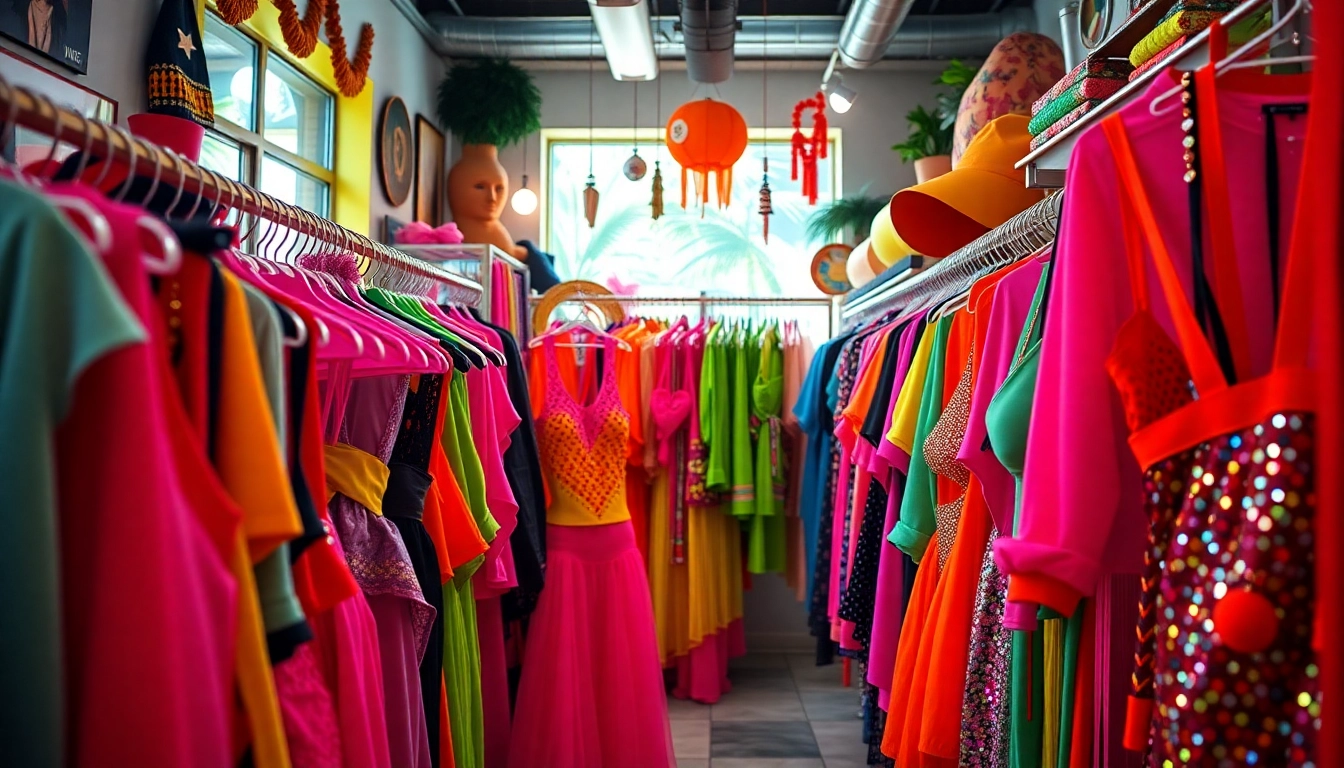
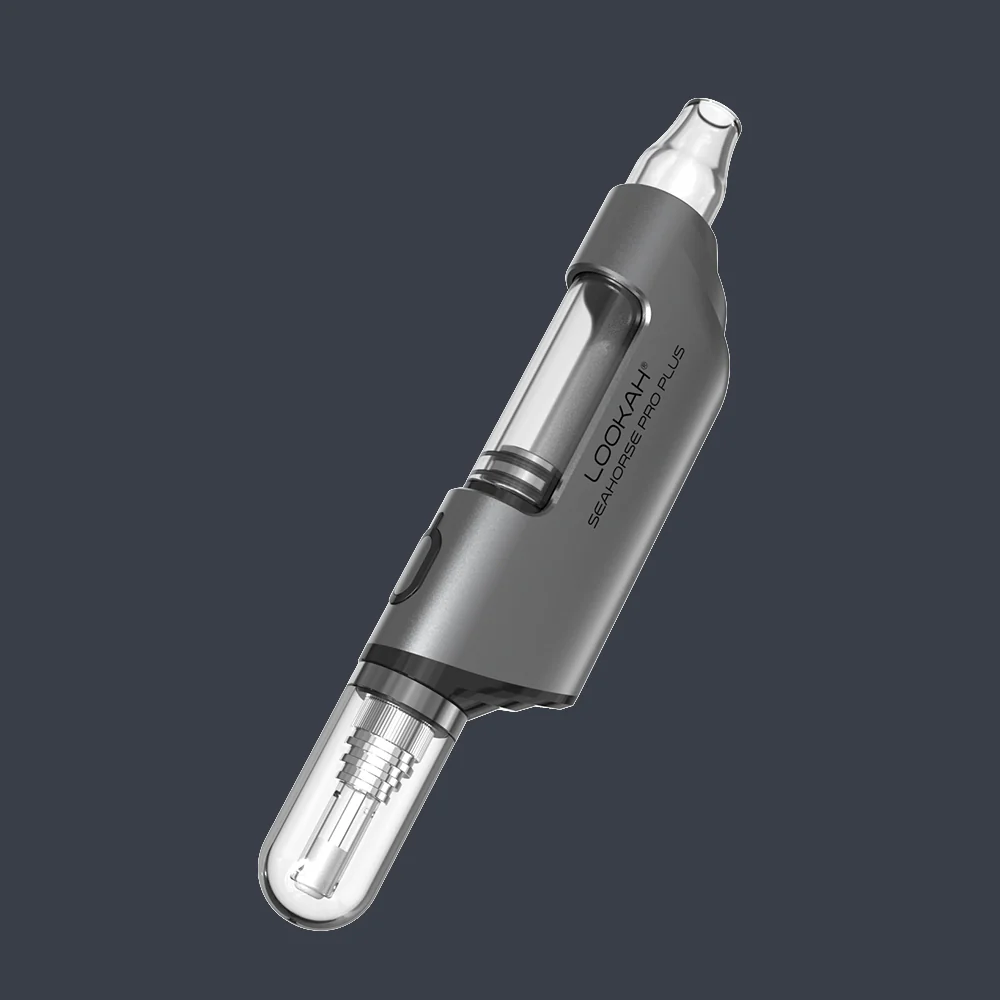
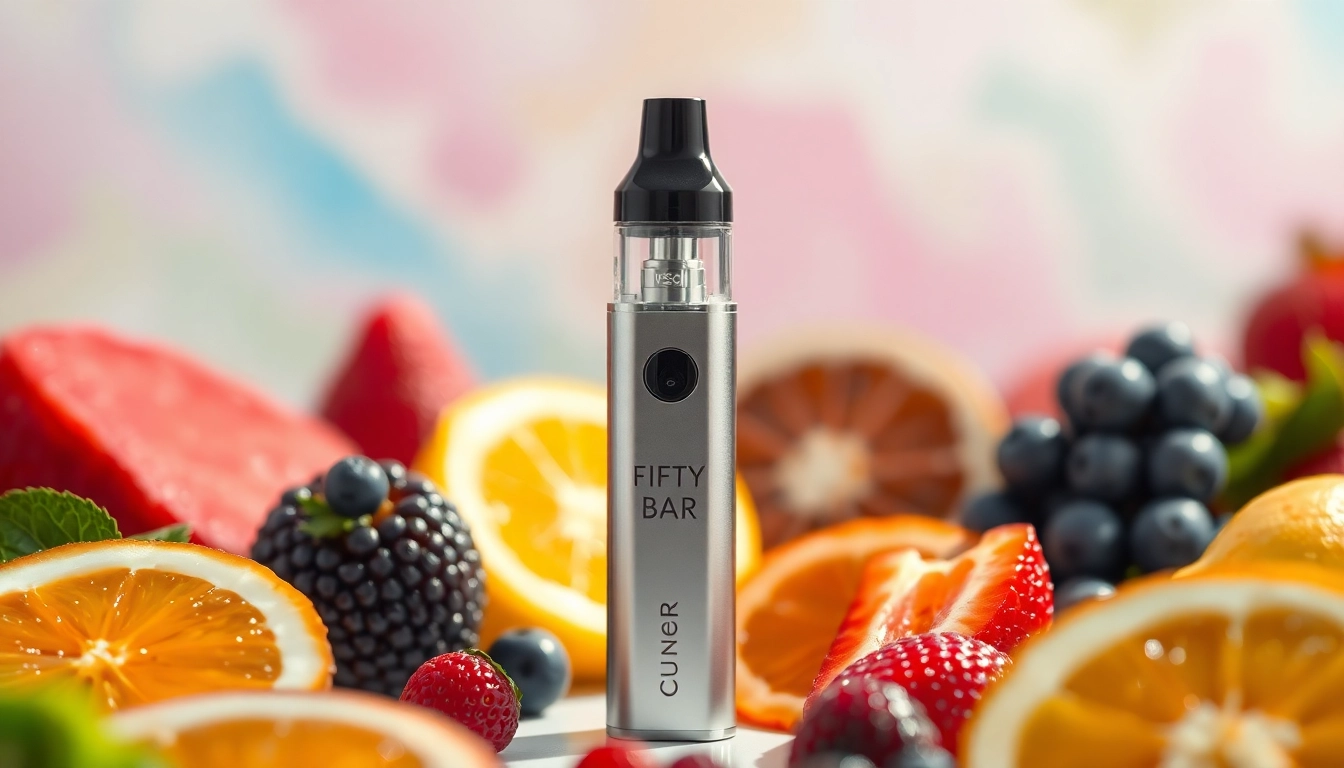
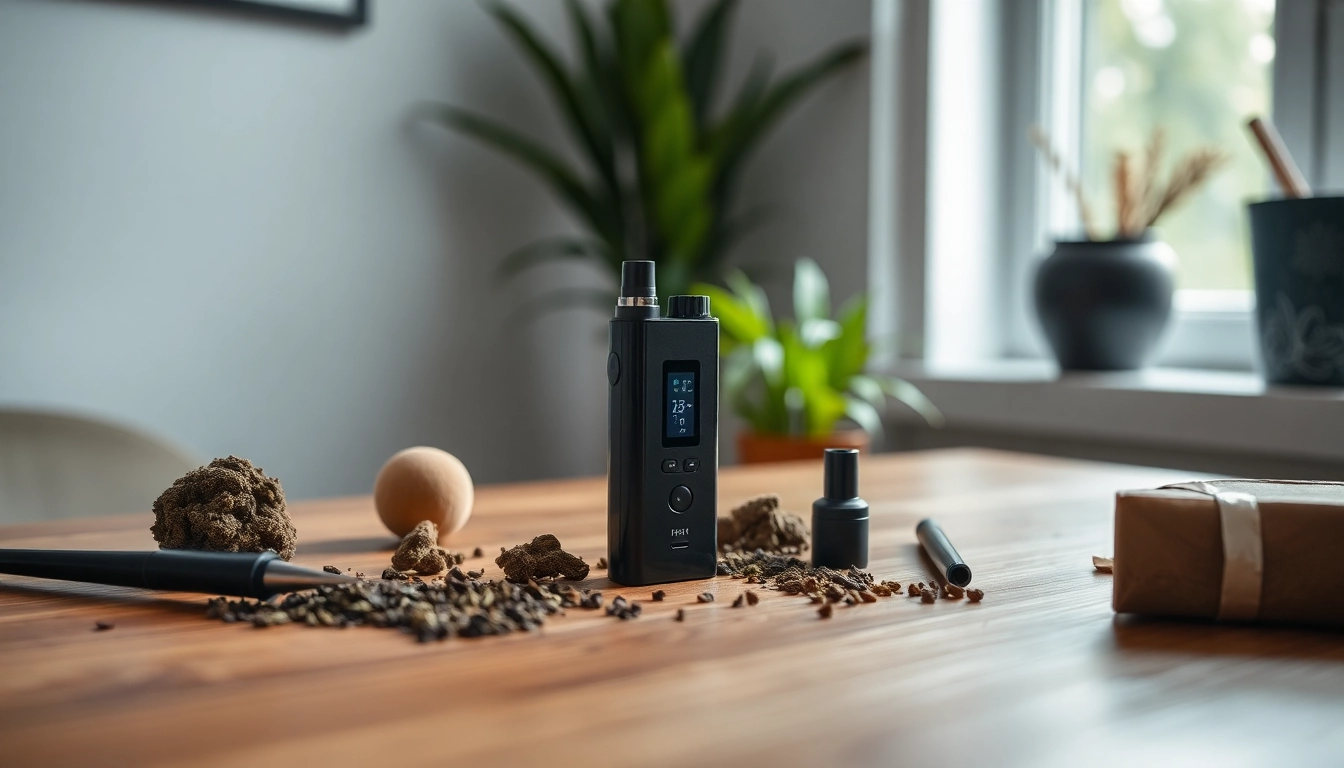

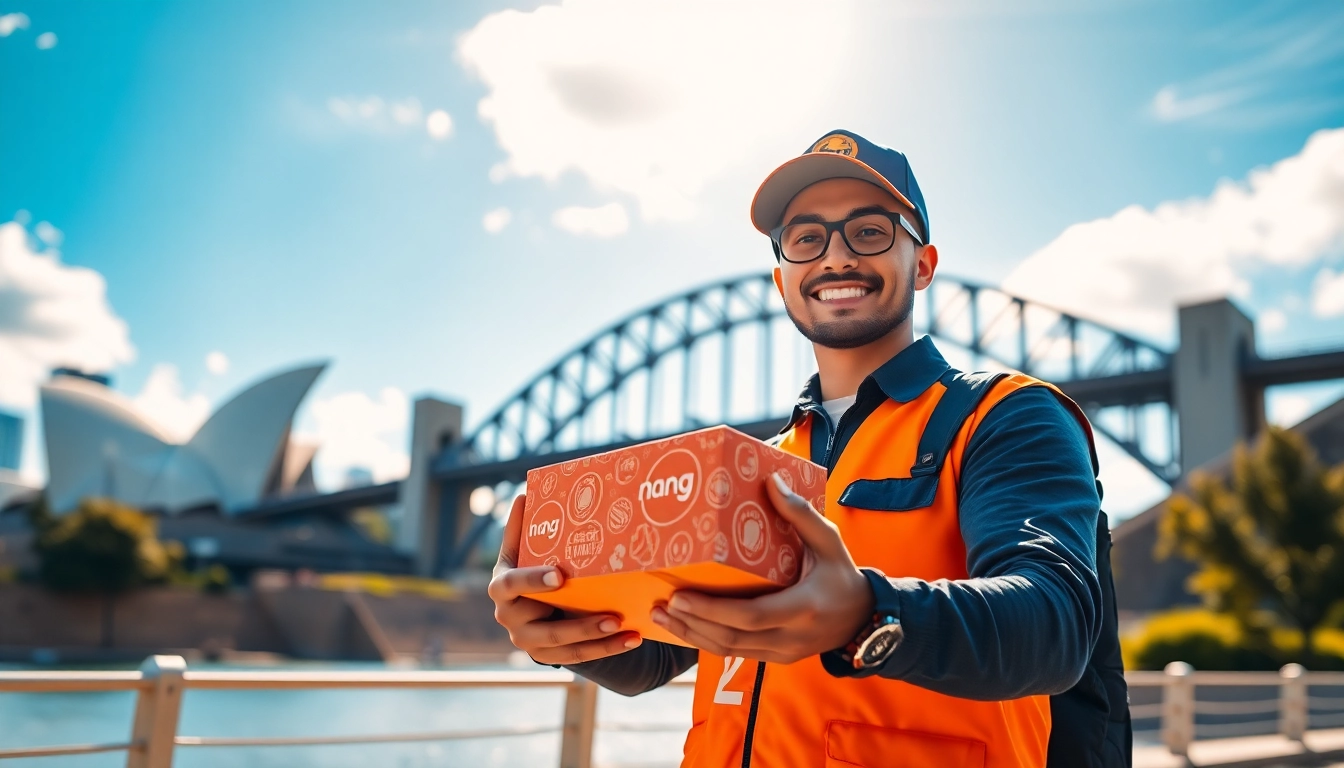
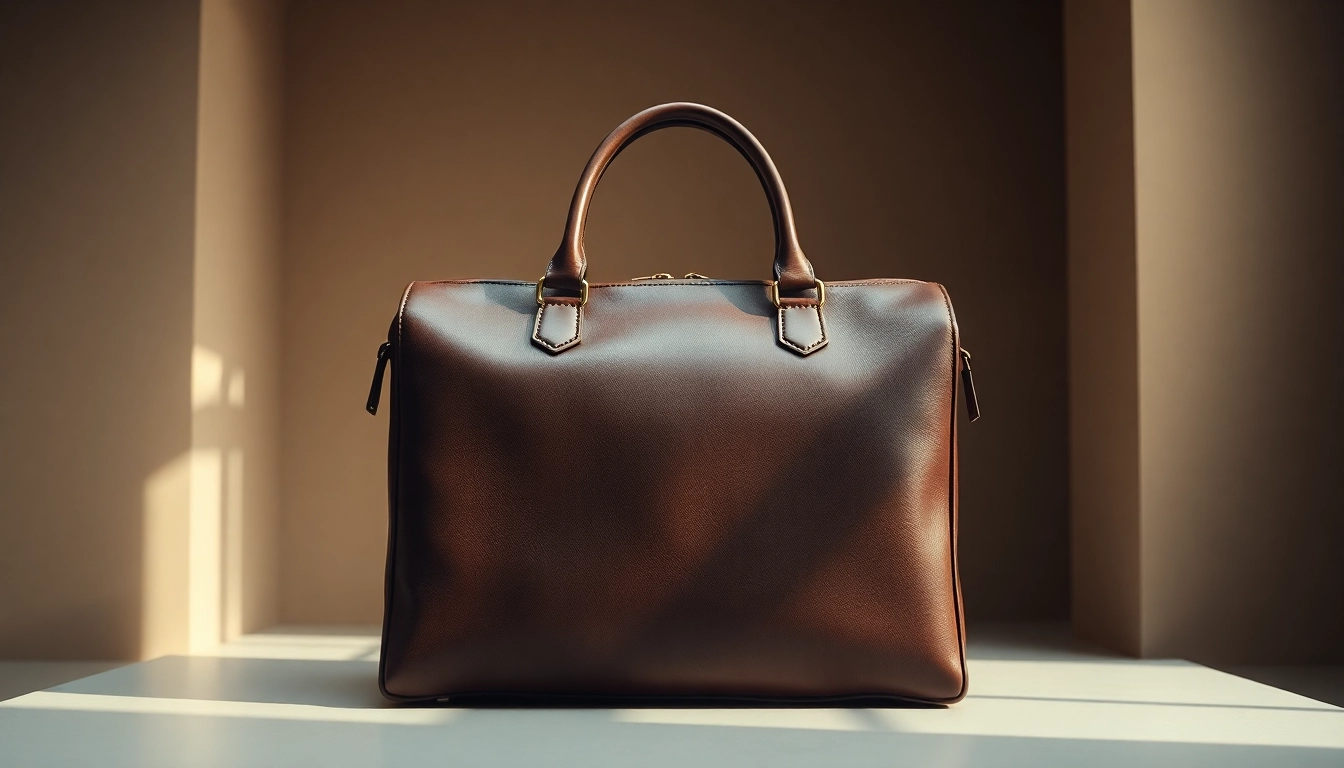
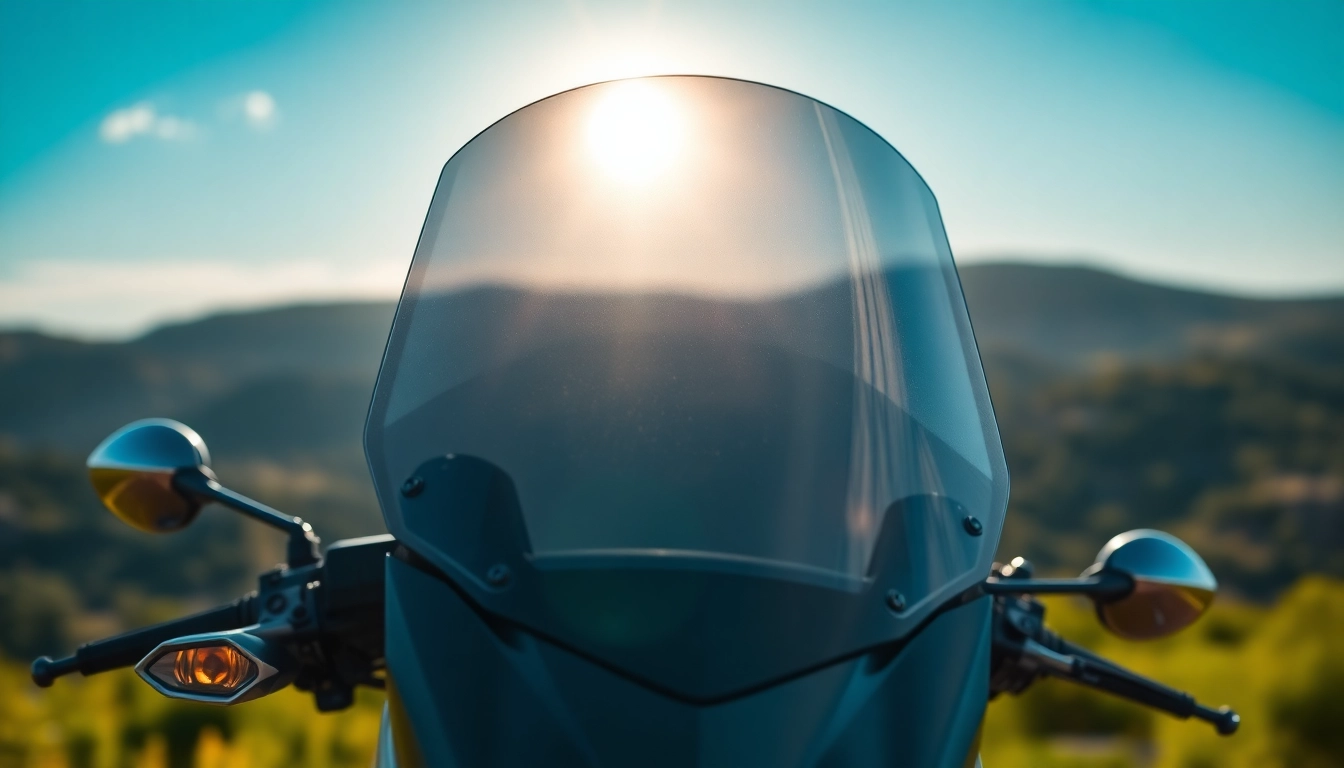
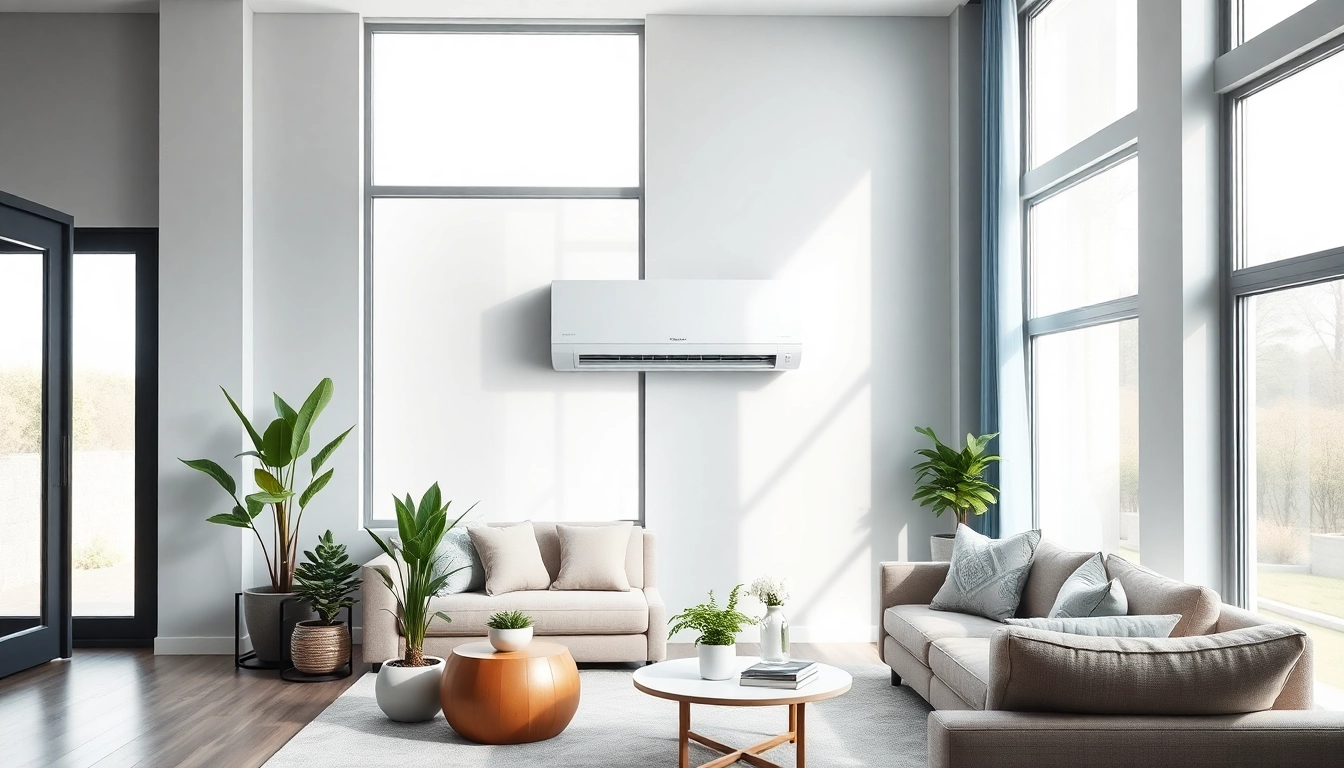





Leave a Reply